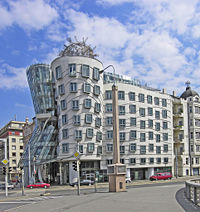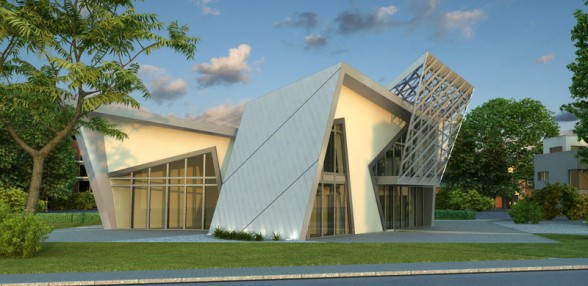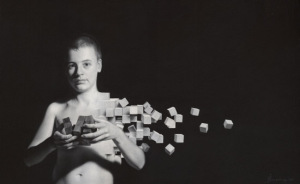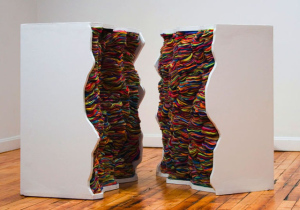What is Deconstructivism?
Deconstructivism, or Deconstructionism, was a design movement that started in the late 1980's. The aim of the movement was to demonstrate how the piece of art or architecture was constructed while still keeping it functional. The Deconstructivism philosophy is: "architecture is a language capable of communicating meaning and of receiving treatments by methods of linguistic philosophy."



